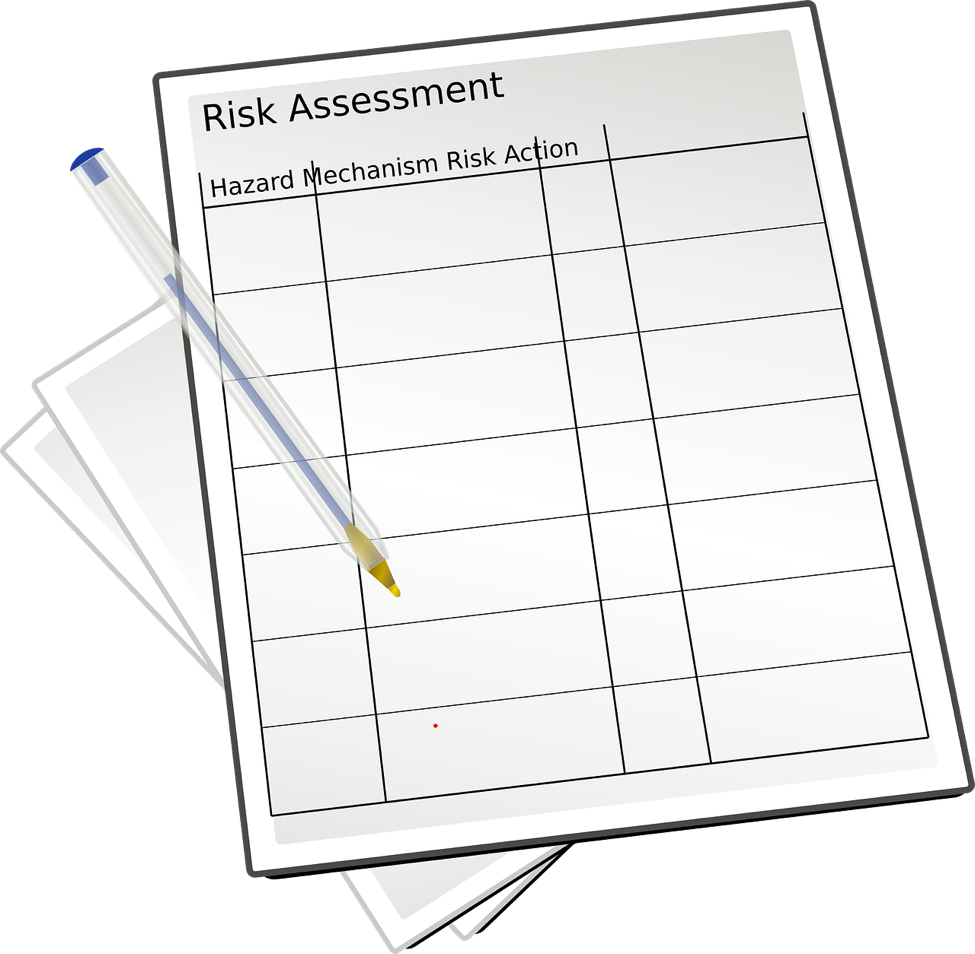The need for compliance risk management has increased ten folds as accessibility, and global regulations are changing. No matter which sector you work in, you must follow some external and internal rules that dictate the workflow of your business.
Failure to abide by those rules and regulations will harm your company, including financial penalties and even imprisonment. Therefore, ignoring compliance risk management is never a good idea. While we live in a digitally revolutionized age, use of digital money and digital platforms are increasing and they operate on different levels and directly involve businesses. Hence, compliance risk management may be a little challenging.

This guide will help you understand some practical ways to manage compliance risk in digital platforms.
Contents
- 1 First, what is Compliance Risk?
- 2 Now, what is Compliance Risk Management?
- 3 Elements Involved in Compliance Management System:
- 4 Benefits of Having a Compliance Risk Management System in your Digital organization:
- 5 Some best practices for managing compliance risks:
- 6 Limitations of Compliance Risk Management:
- 7 Conclusion:
First, what is Compliance Risk?
Compliance is adhering to rules and following the laws and regulations that control your business. Compliance risk includes the financial and legal sanctions for failing to abide by internal or external rules and regulations.
To comply with these laws, first, a few things should be considered:
- Regulation or the act
- Penalties for non-compliance
- Obligations
- Invested parties
- Risk assessment
- Status of compliance
Some compliance risks are corrupt practices within the organization, violation of privacy laws, environmental concerns, procedure risks, workplace safety, and many more.
Now, what is Compliance Risk Management?
The process of identifying, assessing, and mitigating compliance risk comes under compliance risk management. Businesses and organizations can implement policies and procedures for managing compliance risk that set the framework for approaching the risks.
The strategies used for compliance risk management should adapt to the ongoing changes in rules and legislation. To practice compliance risk management, all employees should know the rules.
The need for a compliance risk management plan in today’s digital environment cannot be emphasized enough. This plan should be able to identify, assess and manage potential risks and monitor them on an ongoing basis.
Elements Involved in Compliance Management System:
The compliance management system includes the following elements:
- Compliance goals
- Compliance risks
- Compliance program
- Compliance organization
- Compliance communication
- Compliance monitoring and improvement
- Compliance culture
Digital platforms deal with large amounts of personal and sensitive data, and non-compliance with privacy and security regulations can result in severe consequences, such as hefty fines, loss of customer trust, and damage to brand reputation. A well-designed compliance risk management system can help to mitigate these risks by establishing clear policies and procedures for data protection, regular monitoring and audits, and incident response plans.
Benefits of Having a Compliance Risk Management System in your Digital organization:
Using a compliance risk management system can bring several benefits to a digital platform, including:
- Reduced legal and financial risk: The platform can avoid costly penalties and lawsuits by staying compliant with regulations and laws.
- Improved customer trust and satisfaction: By demonstrating a commitment to privacy, security, and ethical behavior, the platform can increase customer trust and satisfaction.
- Enhanced reputation and brand image: A well-run compliance program can help to enhance the platform’s reputation and brand image, leading to increased customer loyalty and business growth.
- Improved data protection: A compliance risk management system can help to ensure that sensitive data is protected and properly managed, reducing the risk of data breaches and other security incidents.
- Streamlined processes: A centralized compliance management system can streamline processes and make it easier to manage regulatory requirements, saving time and reducing the risk of mistakes.
Some best practices for managing compliance risks:
- Regular risk assessments: Regularly assess your organization’s compliance risks to ensure that they are identified and addressed promptly.
- Develop a compliance program: Establish a comprehensive compliance program outlining policies, procedures, financial reporting and processes to ensure compliance with regulations and laws.
- Educate employees: Provide training and education on compliance policies and procedures, and ensure they understand their role in maintaining compliance.
- Regularly monitor and audit: Regularly monitor and audit processes to ensure compliance and identify areas for improvement.
- Establish incident response plans: Develop incident response plans to address compliance incidents and resolve them quickly and effectively.
- Engage stakeholders: Engage stakeholders, including customers, suppliers, and regulators, to understand their compliance requirements and how they can be met.
- Stay up-to-date with changes in regulations: Stay informed about changes in rules and laws, and update your compliance program as necessary.
- Document everything: Document all compliance activities, including risk assessments, incident response plans, and employee training, to demonstrate your commitment to compliance and to facilitate audits.
Limitations of Compliance Risk Management:
Compliance risk management can be complex and challenging, requiring significant resources, including time, personnel, and technology. One of the main limitations of compliance risk management is the cost involved in implementing and maintaining a system capable of addressing all relevant regulations and laws.
The time-consuming nature of compliance risk management can also be challenging, as it requires ongoing monitoring, assessments, and updates to policies and procedures. In addition, keeping up with changes in regulations and laws can be difficult, particularly for organizations operating in multiple countries or jurisdictions. There is also the challenge of ensuring that all employees understand and comply with the policies and procedures and that adequate controls are in place to detect and prevent non-compliance.
Another challenge is to balance the need for compliance with business goals and to avoid over-restricting business activities that may negatively impact growth.
Despite its challenges, compliance risk management is crucial for digital platforms because it helps ensure that the platform operates within legal and regulatory requirements, protects sensitive data, and enhances customer trust.
Conclusion:
Ultimately, the benefits of compliance risk management far outweigh the challenges, and digital platforms that invest in a robust compliance program will be well-positioned to succeed in an increasingly competitive and regulated digital marketplace.




